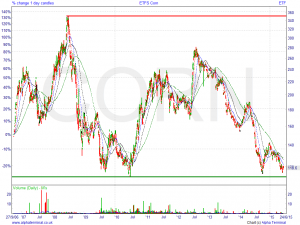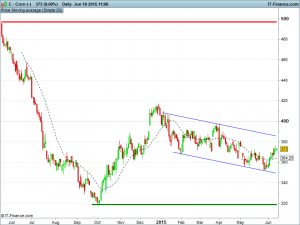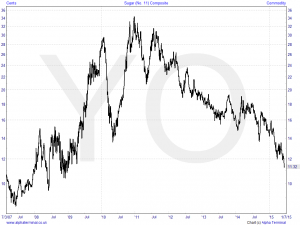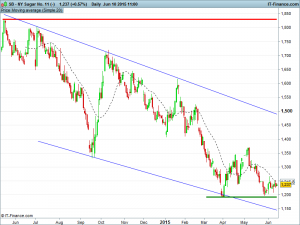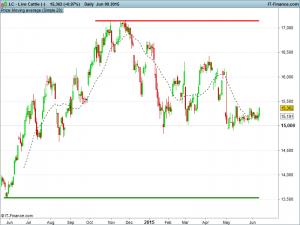The agricultural and soft commodities arena is a lesser known space in the financial markets made up of the likes of wheat, corn, cocoa, coffee, cotton, orange juice, sugar and more while comprising some of the oldest markets still in existence today, with roots dating back thousands of years.
The importance of these markets cannot be overstated – their wares form the basis for consumables just as the basic materials do for construction and technology. While we pointed out recently that the old adage ‘sell in May and go away..’ is losing validity in today’s equity markets, it’s clear that old habits die hard as traders aplenty take flight into agricommodities with summer fast approaching.

